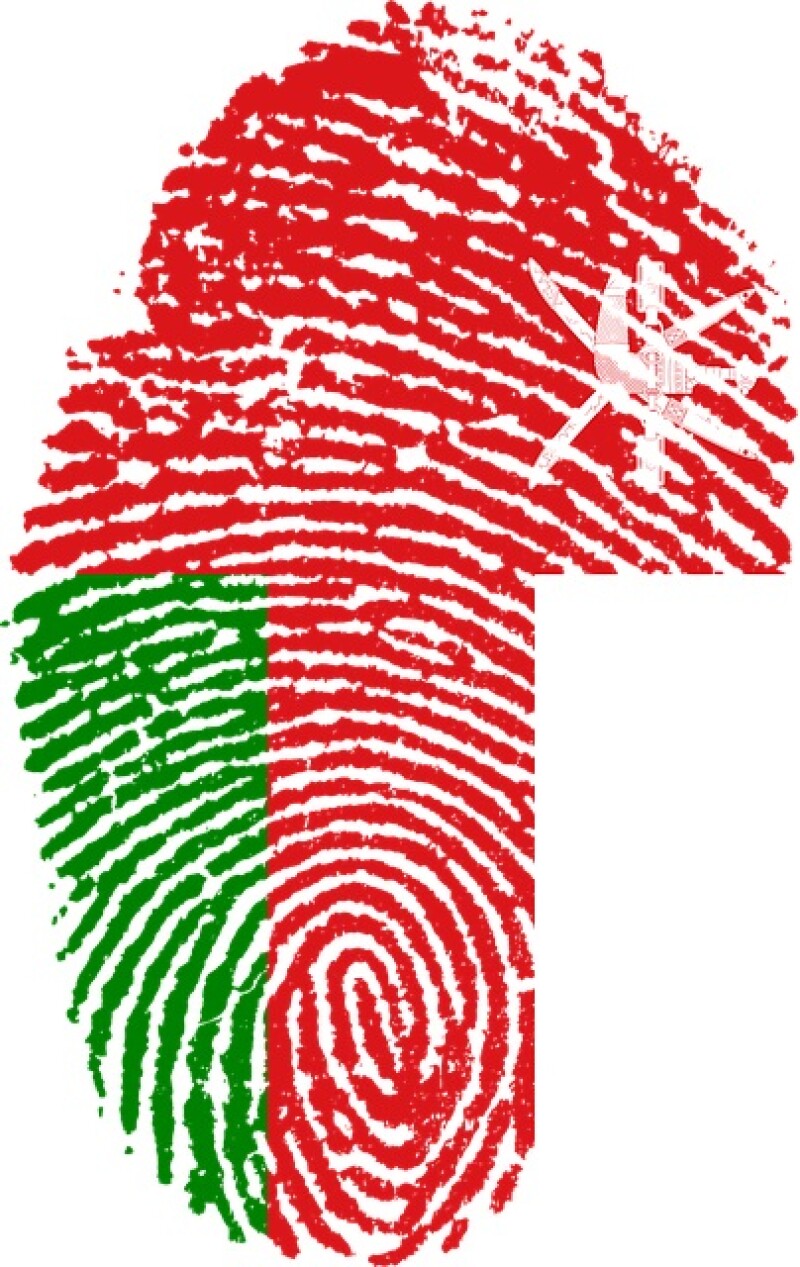
Omantel, which has abundant copper resources in its existing network, chose Huawei to help it meet growing subscriber demand for digital home services and high-definition video.
By 2020, the company plans to cover 90% of home subscribers in Muscat, Oman’s capital. In high-value areas it plans to provide 200Mbps to 1Gbps for high density buildings to provide users with higher bandwidth and an enhanced experience. Omantel is aiming to reconstruct its live networks to achieve broadband acceleration.

"G.fast technology brings copper access into the gigabit era by delivering fibre-like speeds, which makes it possible for us to improve the experience for more customers using old copper lines and thus making the most of our existing copper network," said Said bin Abdullah Al Ajmi, VP Operations at Omantel (pictured).
Huawei’s E2E G.fast solution employs optical line terminal (OLT), G.fast distributed point unit (DPU), and G.fast customer-premises equipment (CPE) to help Omantel meet its goals. Field tests show G.fast can achieve 800Mbps and 400Mbps at loops of 100m and 300m, respectively. This reflects much greater performance than ADSL2+ and VDSL2.
Leo Hong, Huawei’s Oman CEO, added: "We look forward to continuing the partnership with Omantel through the commercial G.fast deployment. Huawei’s investment and innovation in the end-to-end large capacity G.fast solution will significantly help Omantel accelerate the rollout of ultrafast broadband and achieve business success."
Omantel will deploy G.fast in the basements of tall buildings, where the existing copper infrastructure will be reused to deliver ultra-broadband access. “Large-capacity G.fast sites can also serve up to 96 lines, which significantly reduces per-subscriber cost,” says Huawei.
In addition, Omantel will deploy the high-performance G.fast home gateway, which will provide subscribers with an improved experience for voice, data, video services, and dual-band gigabit Wifi services.
Huawei made the announcement at the ninth annual Huawei user group meeting.




